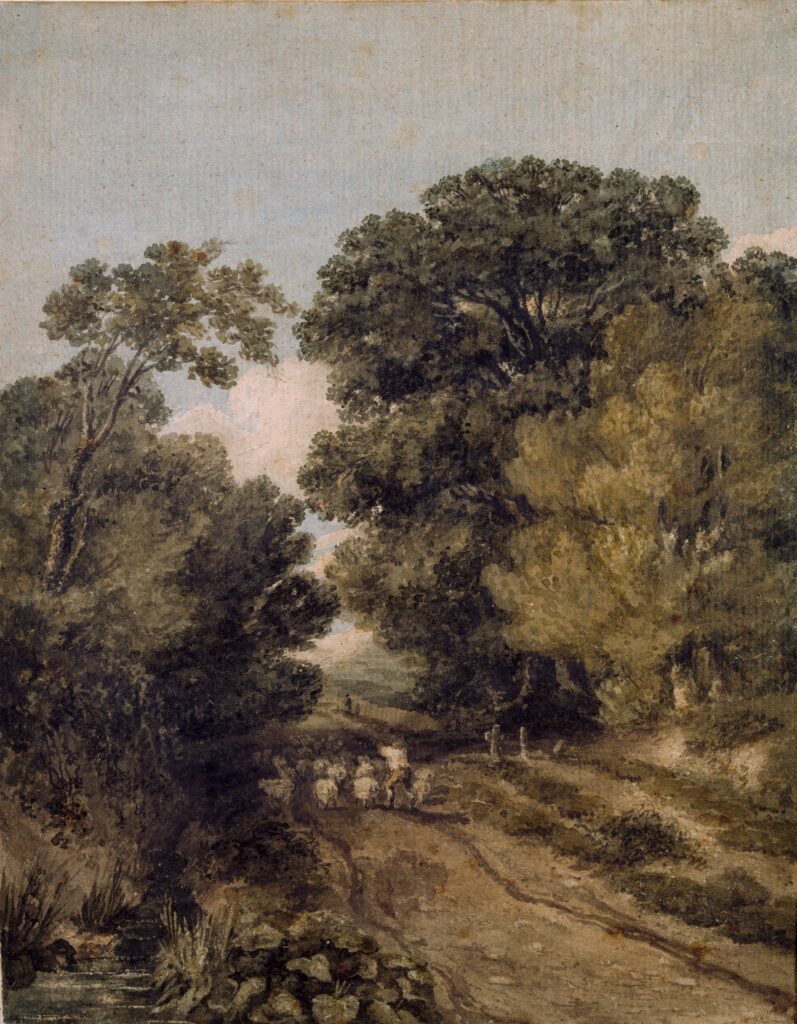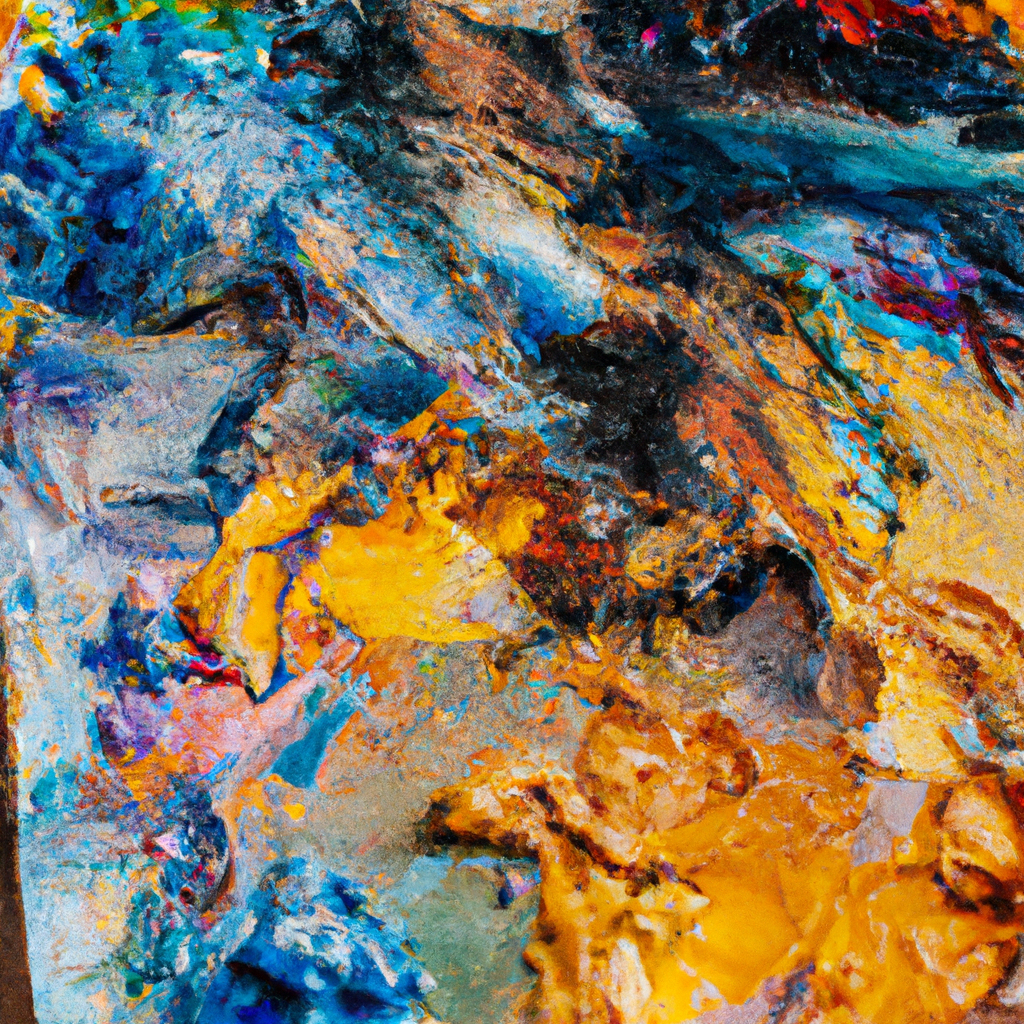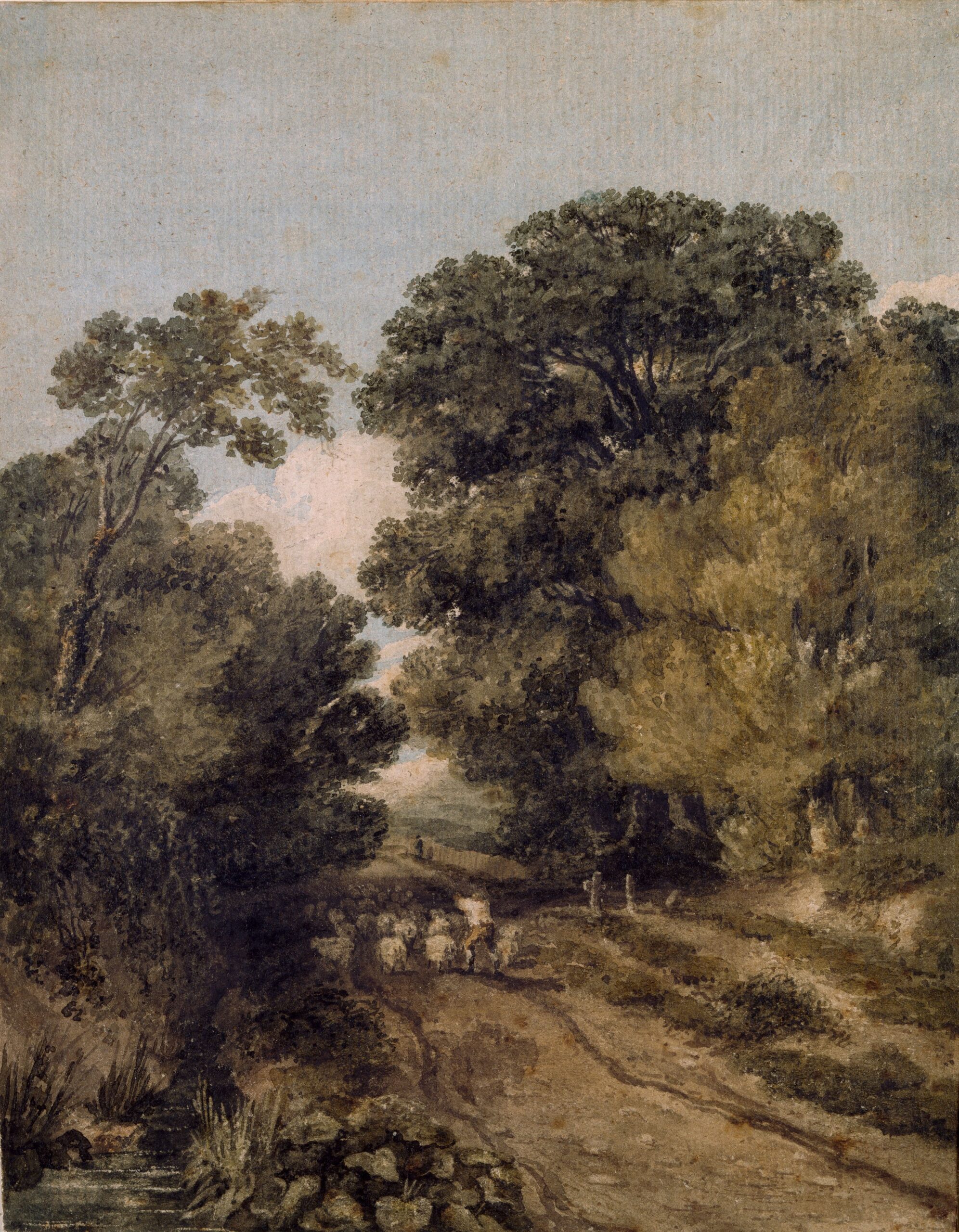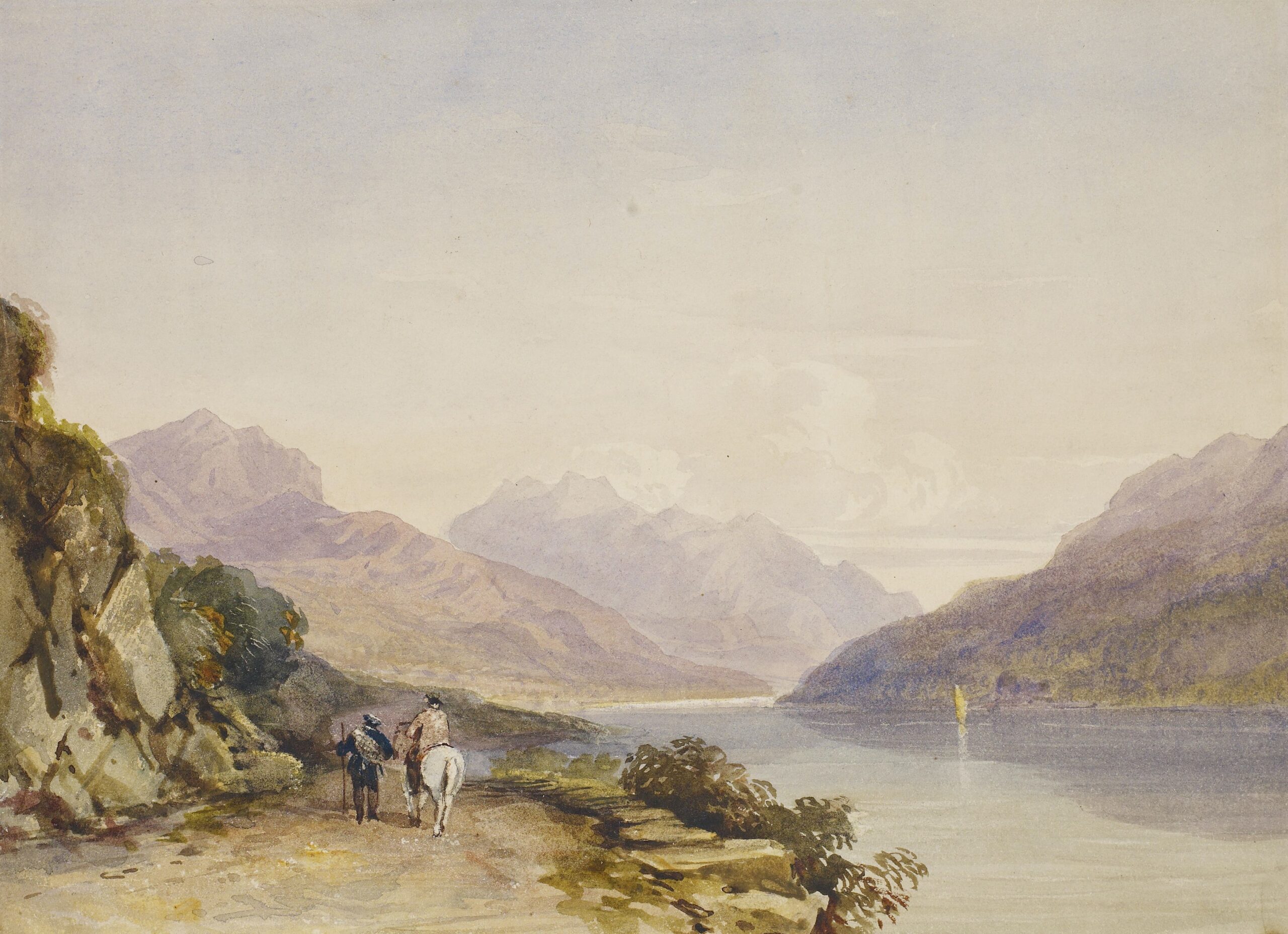In this article, you will be provided with valuable tips and techniques on how to effectively clean an acrylic painting that has been affected by cigarette smoke. Acrylic paintings, being susceptible to absorbing odors and stains, require special care and attention in order to restore their original vibrancy. By following the step-by-step instructions outlined in this article, you will be able to safely and efficiently remove cigarette smoke residue from your acrylic painting, ensuring its longevity and aesthetic appeal for years to come.

Assess the Condition of the Painting
Before you begin cleaning an acrylic painting that has been affected by cigarette smoke, it is important to first assess the condition of the artwork. Take a close look at the painting and check for visible signs of smoke damage such as soot or discoloration. Evaluate the level of yellowing or browning that may have occurred due to smoke exposure. Additionally, examine the painting for any other potential damage or stains that need to be addressed during the cleaning process. This initial assessment will help you determine the best course of action for restoring the painting.
Prepare the Cleaning Area
Creating a suitable cleaning area is essential to ensure the safety and proper cleaning of the acrylic painting. Choose a well-ventilated workspace where you can comfortably work without exposure to harmful fumes. It is also important to have a clean environment to prevent any additional dirt or dust from settling on the painting during the cleaning process. Protect the work surface by placing a drop cloth or newspaper underneath the painting to catch any drips or spills. Gather all the necessary cleaning supplies, such as soft-bristle brushes, microfiber cloths, cleaning solutions, and distilled water, before you begin the cleaning process.
Remove Loose Dirt and Dust
Before tackling the smoke discoloration, start by removing loose dirt and dust from the surface of the painting. To do this, use a soft-bristle brush or a dry microfiber cloth. Gently brush or wipe the painting surface in a sweeping motion, paying close attention to delicate areas and brush strokes. Be careful not to apply too much pressure, as this could potentially damage the painting. By removing the loose dirt and dust, you will create a cleaner surface to work with during the cleaning process.
Test Cleaning Solutions
It is crucial to test any cleaning solutions on a discreet area of the painting before applying them to the entire artwork. This will help you determine whether the cleaning solution is safe to use and will not cause any further damage to the acrylic painting. Start by trying mild solutions such as water and gentle soap. Avoid using harsh chemicals or abrasive cleaners, as these can potentially harm the painting. By testing the cleaning solutions first, you can ensure that they are effective yet safe for the painting.

Clean Smoke Discoloration
To clean the smoke discoloration on the acrylic painting, dampen a clean, lint-free cloth or sponge with a mild cleaning solution. Gently wipe the affected areas in a circular motion, being cautious not to apply too much pressure. This will help lift and remove the smoke discoloration from the surface of the painting. Work in small sections at a time, changing the cloth or sponge as needed to prevent smearing the discoloration further. Take your time during this process, as acrylic paintings can be delicate and require gentle handling.
Address Tough Stains or Residue
If there are tough stains or residues left on the acrylic painting after the initial cleaning, you may need to take additional steps to remove them. Mix a solution of water and white vinegar, which can act as a mild yet effective cleaning agent. Dampen a clean cloth with the vinegar mixture and gently blot the stained areas, avoiding excessive moisture. Be careful not to saturate the painting or allow the vinegar mixture to come into contact with any unprotected areas. Continue this process until the tough stains or residues are properly addressed.

Rinse and Remove Cleaning Residue
After cleaning the smoke discoloration and addressing any tough stains, it is important to rinse the painting to remove any cleaning residues. Dampen a separate clean cloth with distilled water and gently wipe the entire painting surface. This will ensure that all cleaning residues and remaining cleaning agents are thoroughly removed. Take your time and be thorough during this step to ensure that no residue is left behind, as it can potentially harm the painting over time.
Dry the Painting Properly
Once the cleaning process is complete, it is crucial to dry the acrylic painting properly to avoid any potential damage. Ensure that the painting is fully dry before applying any protective coatings. To do this, allow the artwork to air dry in a clean and dust-free environment. Avoid using heat or direct sunlight for drying, as they can cause the acrylic paint to crack or fade. Depending on the size and thickness of the painting, the drying process may take several hours or even days. Patience is key during this step to ensure the painting is fully dry.

Apply Protective Varnish or Sealant
To provide long-term protection for the cleaned acrylic painting, it is recommended to apply a protective varnish or sealant. Choose a suitable varnish specifically designed for acrylic paintings. Make sure to read and follow the manufacturer’s instructions for application, drying, and curing. Apply thin, even layers of varnish using a soft brush, allowing sufficient drying time between each coat. The varnish will help protect the painting from further smoke damage, UV rays, and other environmental factors, while also enhancing the colors and overall appearance of the artwork.
Store or Display the Cleaned Painting
Once the cleaning and varnishing processes are complete, it is essential to find a suitable location to store or display the cleaned acrylic painting. Keep the artwork away from smoke or pollutants that can potentially cause damage or discoloration over time. If you choose to frame the painting, use acid-free mats or framing materials to provide long-term protection. These materials will help prevent yellowing and deterioration of the artwork. Finally, make sure to keep the painting in a controlled environment with stable temperature and humidity levels. Fluctuations in temperature and humidity can negatively impact the longevity and condition of the acrylic painting.




